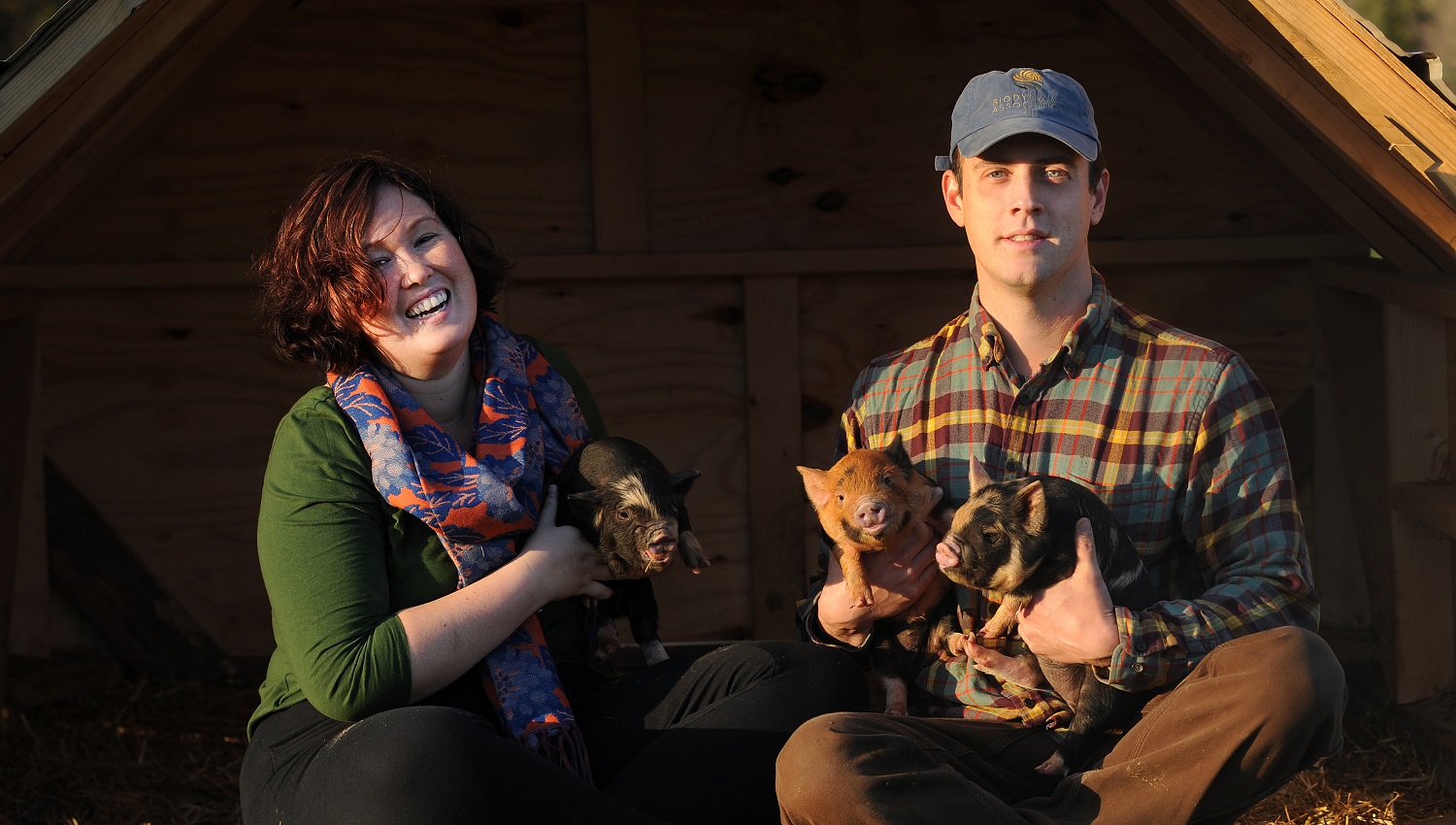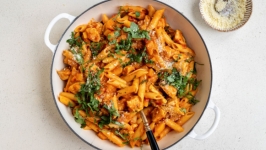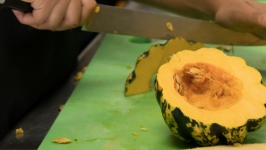Biodynamic Farming: Perennial Roots Farm
“Only connect the prose and the passion, and both will be exalted, and human love will be seen at its highest. Live in fragments no longer.” – E.M. Forster
Biodynamics was founded by Rudolf Steiner in the early 1920s as an organic, holistic and regenerative approach to agriculture that seeks to bring about a new living relationship with the earth. Biodynamics views soil fertility, compost, livestock, and sustainable practices as dynamic aspects of an interrelated whole organism. The word itself is a combination of “bio” (life) and “dynamic” (force). Biodynamic farming is life-force farming.
Every biodynamic farmer labors to generate as much fertility and life as possible from within the farm itself. We sprout grains, ferment plants, compost weeds, and even enliven the water we use. In one way or another, everything on a biodynamic farm is kept alive.
Like every farmer, we constantly observe the weather, climate and the changing seasons. As a biodynamic farmer, we also take care to consider the moon, planets, and the stars, realizing they are an essential guide to when to harvest, plant and tend to the farm. Biodynamics also places special emphasis on certain powerful, medicinal herbs like chamomile, yarrow, nettle, oak bark, dandelion, valerian, and horsetail. Out of these herbs we prepare medicines for Mother Earth to help heal her, increase soil fertility and combat plant diseases. Some people explain these biodynamic preparations in terms of microbes, enzymes, hormones – or even fairies! Whatever explanation works is up to you, but the important part is that biodynamics works.
An ideal farm should be a self-sufficient entity, able to live, grow, and feed itself from its own resources. Biodynamics takes ecology seriously – the connection of the farm to earth’s environment. But biodynamics goes even further; we incorporate our connection to the earth’s greater environment: the Cosmos itself. The farm organism exists within a larger organism of the cosmos.








